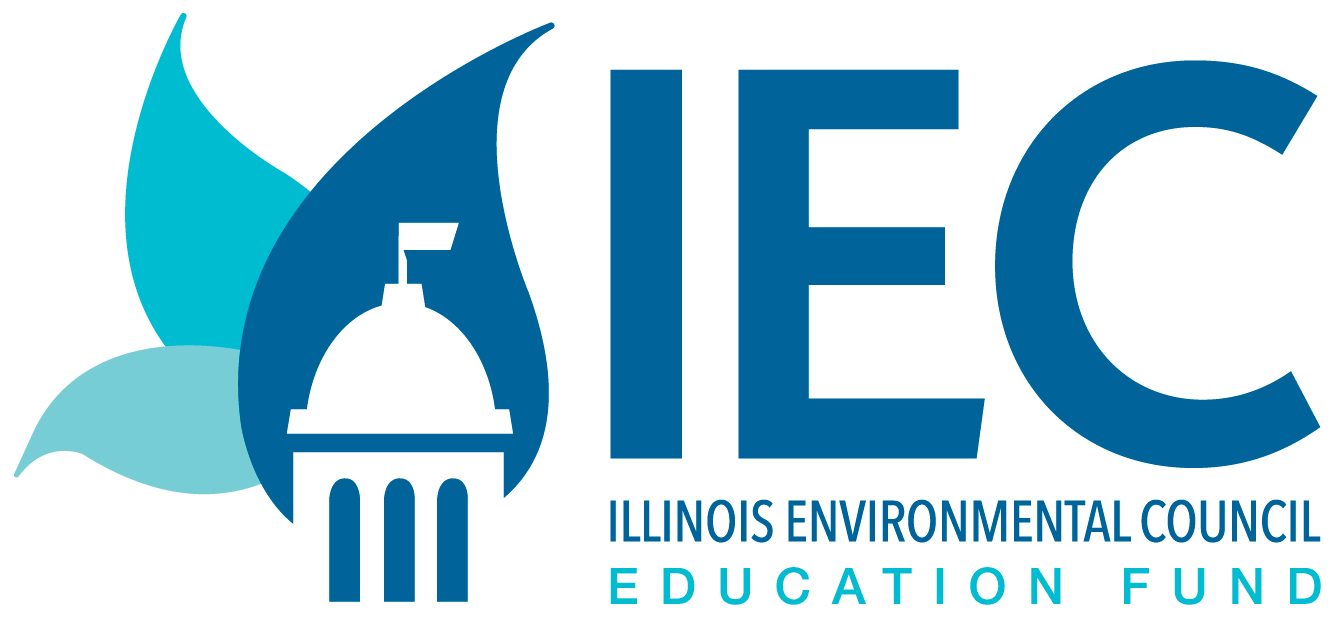Conservation
Open space in Illinois is disappearing due to the rapid spread of urbanization and development.
Illinois ranks 48th in the nation when it comes to publicly accessible open space per capita in state and national parks, and 32nd in the nation in acres conserved. Illinois was once a leader in the preservation of natural areas, but has since fallen behind most of the nation with regards to both public land available to its citizens and the amount protected for future generations.

food production
Farms cover about 75% of the Illinois' total land area.

Habitat & Wildlife
Native Illinois habitats are changing and disappearing.
Current Conservation Laws
In addition, all Illinois agencies and local governments are required to consult with DNR whether actions carried out by them are likely to jeopardize the continued existence of Illinois listed endangered and threatened species or are likely to result in the destruction or adverse modification of the designated essential habitat of such species.
The Wildlife Action Plan ensures that our state’s biodiversity and abundance of wildlife is maintained for the long-term by focusing on habitat. The plan covers all forms of wildlife — aquatic, terrestrial, vertebrate, invertebrates, endangered, game, and non-game — and specifically identifies wildlife with declining populations or special needs, and works to conserve those populations rather than waiting for them to become endangered. Plan actions are grouped into seven overlapping campaigns, based on habitat and common issues:
- Farmland and Prairie – There were once approximately 22 million acres of prairie in Illinois — this has been reduced to about 2,500 acres. Most of the land once occupied by prairie is now farmland, which has resulted in a steep decline of grassland species. This campaign expands and improves grassland, shrub, and wetland habitats in agricultural landscapes.
- Forest and Woodlands – Poor forest and woodland management and inappropriate timber harvesting have contributed to a changed forest composition and degradation of our remaining forest habitat. This campaign maintains and enhances the composition of our existing forests and increases the distribution of those habitats statewide and in identified priority areas.
- Green Cities – Urban development has degraded and fragmented our already-limited wildlife habitat. This campaign improves community planning efforts by including open space and wildlife needs into those plans. Additionally, the campaign addresses urban area use in migration routes, and promotes habitat protection and restoration whenever possible.
- Invasive Species – Invasive species pose one of the greatest threats to Illinois’ natural areas, native communities, and natural resources. Species that are rare or declining are often at greatest risk of invasive species because of their few numbers or inability to adapt to changes in habitat. This campaign identifies actions determined to be most needed for statewide management of invasive species.
- Streams – Agriculture and development have drastically reduced the health of our 26,000 miles of streams and rivers. This campaign identifies focal species and promotes actions that improve habitats and reduces stressors for these species.
- Wetlands – Wetlands are highly productive environments for plants and animals, but our remaining wetlands have been highly degraded. This campaign protects and improves the functionality of our remaining wetlands, promotes connectivity among wetland complexes with habitat corridors, and reintroduces native species into wetland habitats.
Created in 1963, the Act mandates the preservation, protection, and defense of natural areas and endangered species habitat for public benefit.
Illinois was the first state to create such an innovative land protection program. The INPC is now a national model, and more than a dozen states have followed its lead. In 1992, the INPC received international acclaim when it was recognized at the Earth Summit in Rio de Janeiro as an “efficient and effective model of how to provide long-term protection for high quality natural areas.”
The Natural Areas Acquisition Fund was created in 1989 to fund the acquisition, preservation and stewardship of natural areas through a real estate transfer tax.
The OSLAD grant program was established in 1986 to provide funding assistance to local government agencies for acquisition and/or development of land for public parks and open space.
The NAAF was established in 1989 for the purpose of acquisition, preservation, and stewardship of natural areas, including habitats for endangered and threatened species, high quality natural communities, wetlands and other areas with unique or unusual natural heritage qualities.
Funding for both OSLAD and NAAF comes from a statutorily dedicated state real estate transfer tax on property sold in the state.
